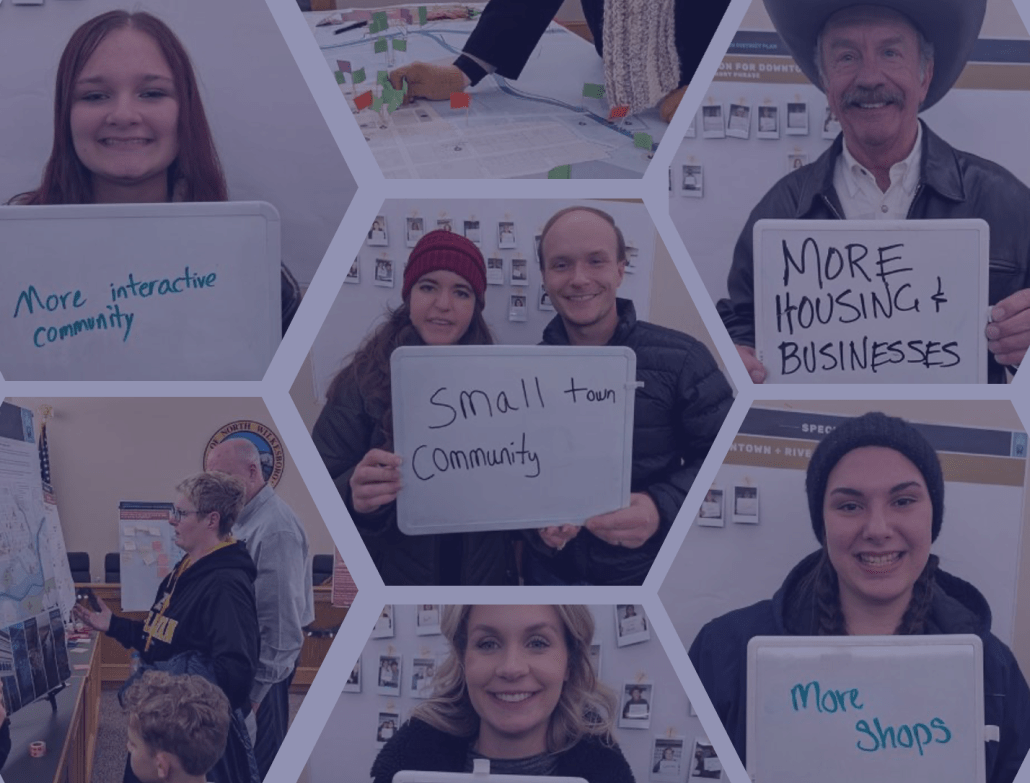As safety is one of the major concerns in city development, it is extensively monitored, measured, and acted upon. Each city has (or should have) comprehensive statistics on the number of traffic incidents, reported crimes, or stolen wallets. But it’s only one side of the coin.
The other way of understanding safety evolves around perceived safety. An online community survey can measure the level of perceived safety that reflects how people feel in the city. We can also study how residents’ everyday lives are affected by the notions of certain spaces being safe or unsafe. These feelings and opinions are equally important to consider when implementing new policies and developing urban planning projects.
Evaluating Perceived Safety in Moncton
This was the main goal of a research group at the University of Moncton in Canada — to understand the levels of perceived safety in the city and find out how it correlates with reported crimes and how it is affected by crime coverage in the news.
To ask these questions from the residents of Moncton, researchers used an online community mapping survey made with Maptionnaire. With Maptionnaire Platform, respondents can mark unsafe places directly on a digital map, and researchers gather a wealth of spatial data alongside sociodemographic information. The results of this online community survey will be presented to officials and the public to underline future policy and planning projects.
The Maptionnaire platform has saved us many headaches and evenings of data entry. From a research point of view, using Maptionnaire for spatialized data is to avoid researchers’ nightmares.
What is an Online Community Survey?
An online community survey is a means of collecting insights from your community on a specific issue. A survey can gather data about the members’ perceptions, habits, experiences, and views for the future alongside standardized socio-demographic information.
Maptionnaire steps up the way online community surveys are usually done by adding a spatial element to them. You can ask participants to share their opinions about places or mark their everyday routes.
Your online community survey made with Maptinonaire will:
- combine survey questions with background demographics data
- collect location-based data
- allow respondents to mark places, routes, and areas on a map
- help you reach out to your community by using social sharing buttons and QR codes
- include visuals and maps as survey questions or answers (or as a background)
- help you analyze the collected data on the platform and use it for reporting.
Engaging the Community at Moncton with an Online Survey
The community survey used at Moncton for studying perceived safety relied heavily on maps. Moncton’s residents (including everyone who lives, works, or studies there) directly marked on a digital city map where they felt unsafe.
After tracing up to three unsafe zones, they were asked a few sociodemographic questions and more background information about housing, education, employment, and general life satisfaction. Respondents could answer the survey in French or English (thanks to Maptionnaire’s built-in translation module).

Initially, the researchers thought of using physical maps for surveying residents in person. But it would require multiple hours of extra work — setting up workshops, inviting residents to come, asking them to pin unsafe places on an analog map, and then digitizing these results to make them suitable for analysis. And finally, it would be almost impossible to connect responses with respondents’ demographic profiles.
It would have taken a lot more resources and might have resulted in us finding fewer participants to answer our survey.
Maptionnaire saved researchers a lot of time by bringing all of these steps online. The survey is both easy to build and to answer, so respondents don’t need any assistance in completing it. Here you can learn more about the return on investment of online community engagement.
And the key advantage is that the resulting data is already location-based. What’s more, online surveys are proven to get more responses as a resident can fill in the survey whenever it’s convenient to them on their mobile phones or laptops without even downloading an app.
The Results of the Perceived Safety Study
The researchers received a lot of qualitative and quantitative data from the online community survey. Next, the geolocated data of perceived safety will be compared to media coverage of crimes and social insecurities. The goal is to find out if media exposure affects the way residents experience the city.
While this project doesn’t have room for follow-up studies, this data could be used in a longitudinal study where the spatiality of perceived safety is regularly surveyed. Importantly, this data that captures the intangible — namely how safely residents feel in the city — can also inform the way cities are designed and policies are made.








.jpeg)
.webp)

.webp)


.webp)
.png)














































